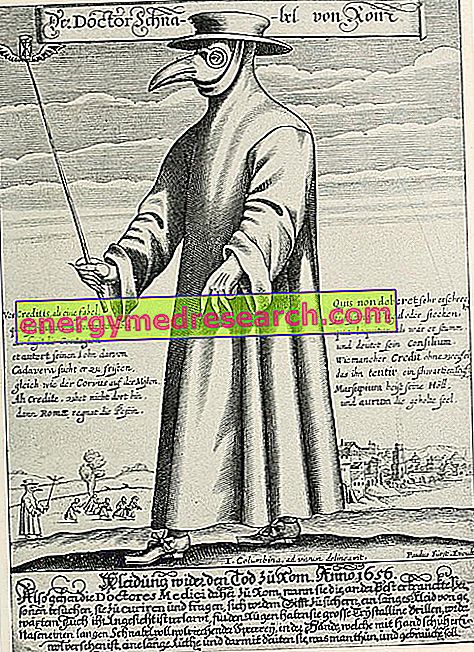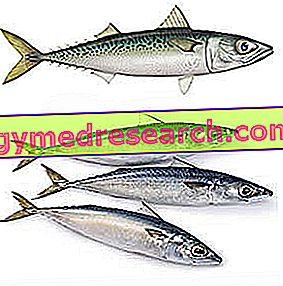
The typical dress worn by doctors in times of black plague, to protect themselves from infection, was composed of:
- a mask with the characteristic bird-beaked prominence; inside the beak was a mixture of balsamic herbs considered protective against the plague. At the level of the mouth, the mask also contained a gauze soaked in vinegar and essential oils.
Among the most used aromatic herbs there were rosemary, cloves, garlic and juniper, useful also to alleviate the stench exhaled by the bodies of the plague victims. In fact, today we know that these herbs, especially their essential oils, have remarkable antibacterial properties, demonstrated for example against Yersinia enterocolitica (a bacterium belonging to the same genus as the species responsible for the plague). Certainly, however, the mask could not offer absolute protection against infection.
- a wide-brimmed hat;
- protective lenses;
- a stick used to lift the blankets and clothes of the apparatus, keeping a safe distance;
- long gloves;
- boots;
- foot-long tunic.
Today this medical aspect is considered one of the most typical Venetian masks.
The masks of the doctors in times of plague have also been defined as vulture beaked masks, bearing witness to how little reassuring and macabre was the appearance given to the doctors who wore them.



